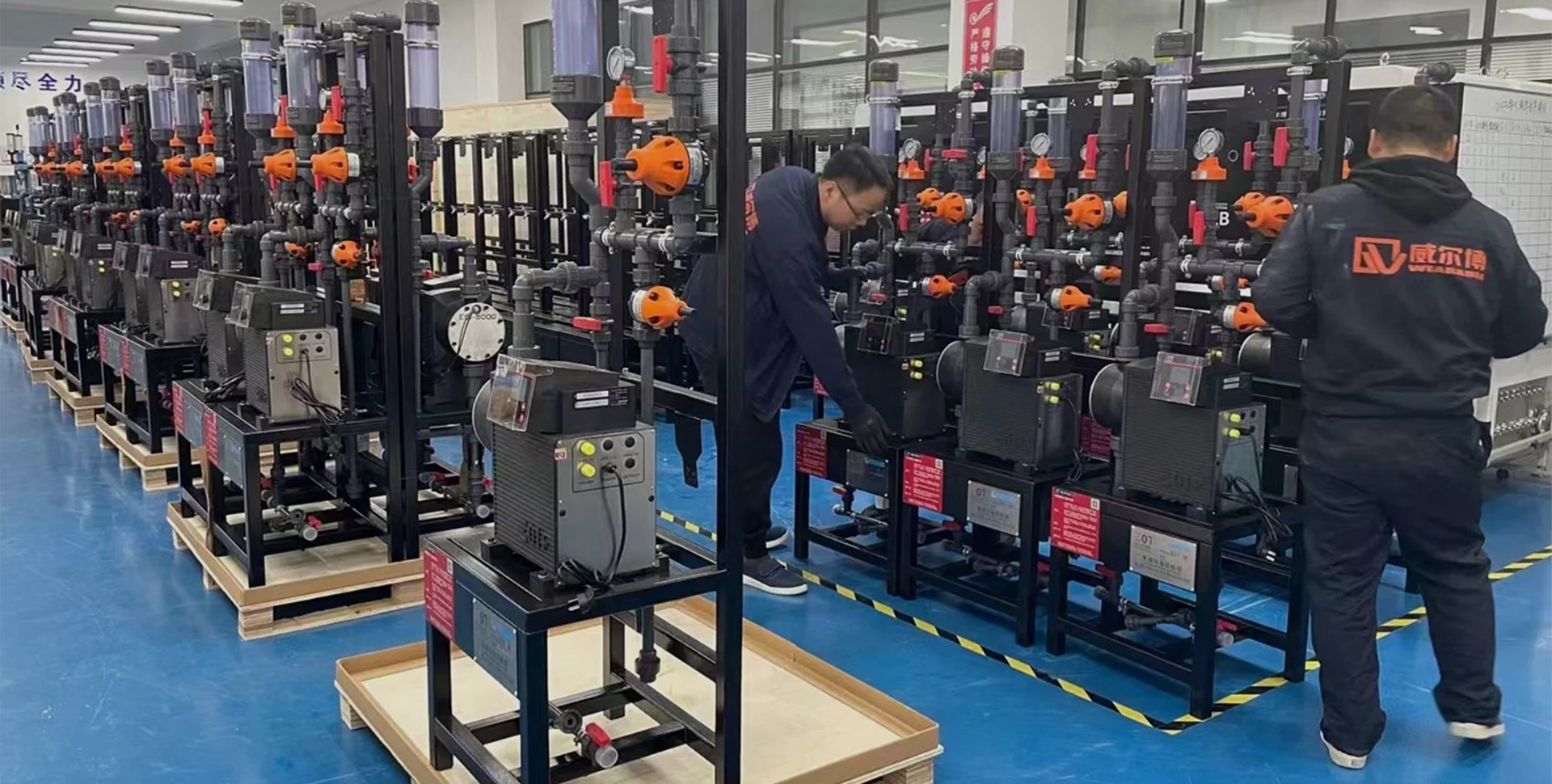-
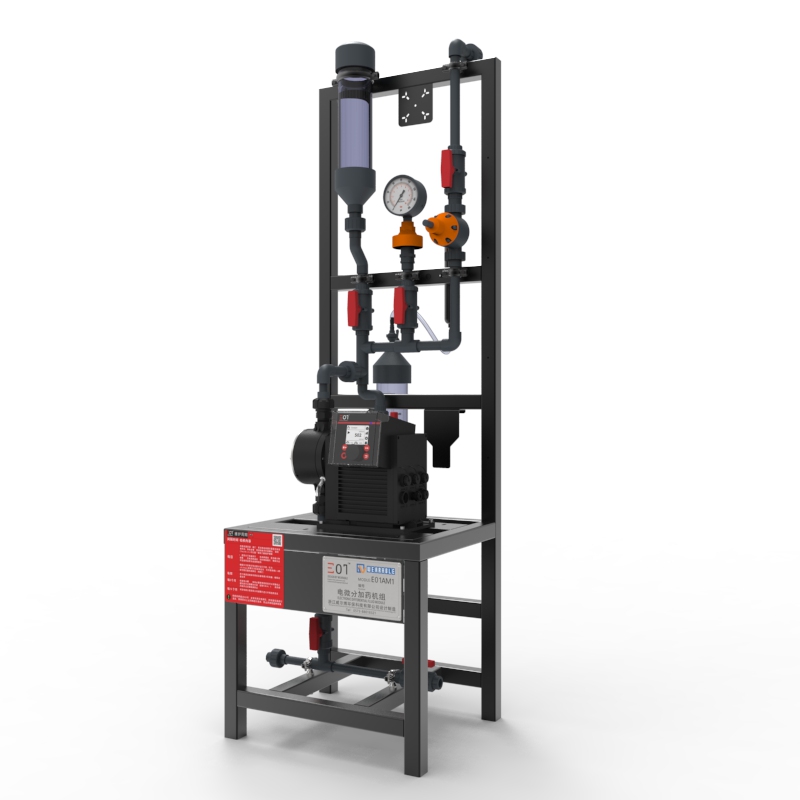 E01A 090-03 M1More
E01A 090-03 M1More -
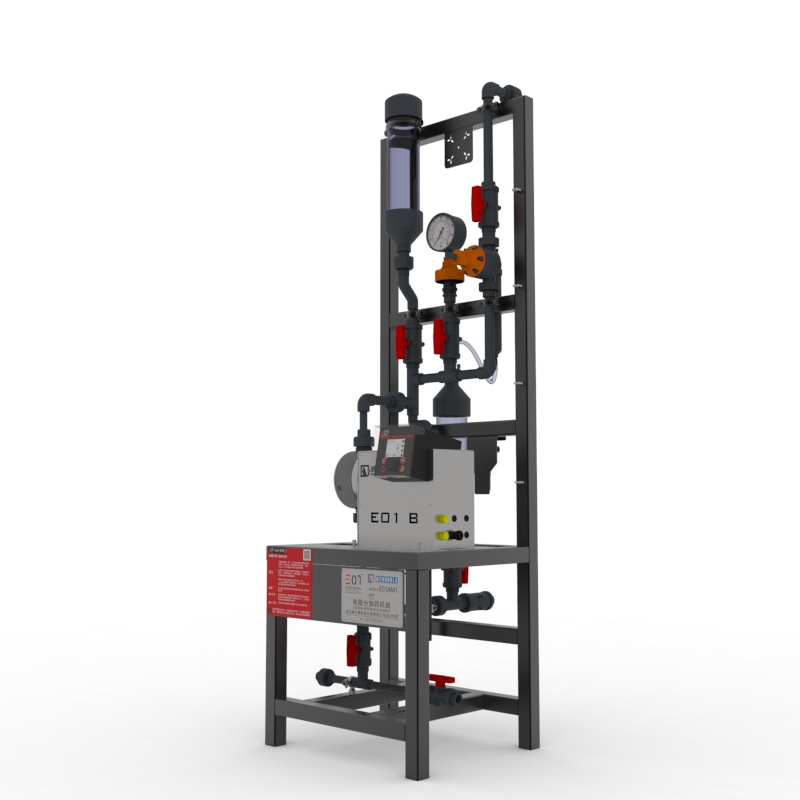 E01B 200-04 M1More
E01B 200-04 M1More -
 E01C 450-03 M1More
E01C 450-03 M1More -
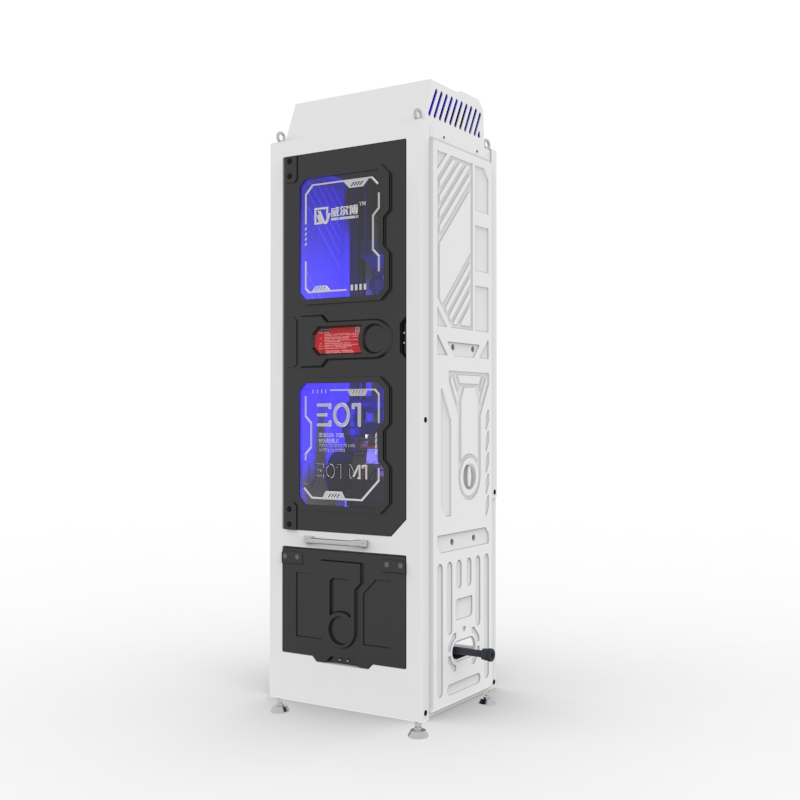 E01A 450-03 M1-1.4More
E01A 450-03 M1-1.4More -
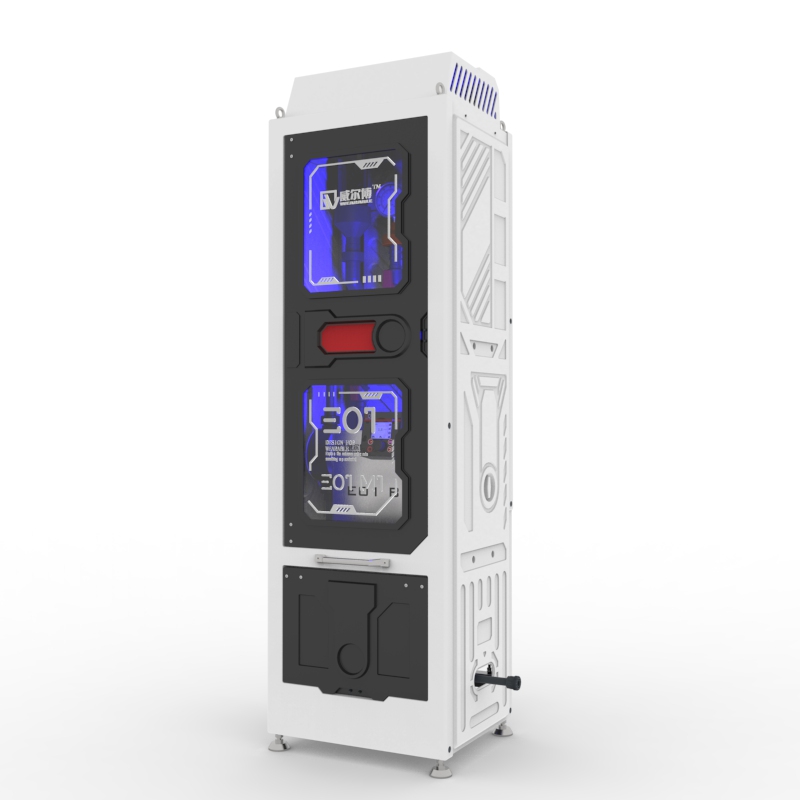 E01B 200-04 M1-1.4More
E01B 200-04 M1-1.4More
Why Our Digital Dosing Pump System Perform Better
1. Higher Precision and Stability
Our Digital Dosing Pump Systems deliver highly accurate, pulse-free chemical dosing, even under fluctuating pressure or variable system load. With fine-resolution pulse control and intelligent feedback algorithms, they ensure consistent metering where traditional systems often struggle.
2. Smarter Automation Capability
Equipped with advanced digital controllers, the pumps support time-based dosing, flow-proportional metering, batch delivery, and automated start/stop logic. These functions enhance process consistency and reduce operator workload, especially in continuous industrial dosing tasks.
3. Real-Time Monitoring and Diagnostics
Integrated sensors track operating parameters such as pipeline pressure, diaphragm condition, air bubble presence, and flow anomalies. Instant alerts and automatic adjustments help maintain optimal performance and prevent unplanned downtime.
4. Broad Chemical Compatibility
The dosing heads, diaphragms, and wetted components are engineered to handle a wide range of chemicals—acids, alkalis, oxidizers, inhibitors, and specialty additives—making the system suitable for diverse process environments.
5. Easy Integration Into Industrial Systems
With multiple communication interfaces (analog signals, digital I/O, and smart communication protocols), the pump seamlessly connects to automated platforms such as PLC or SCADA systems, supporting data-driven, centralized control.
6. Reduced Maintenance and Extended Service Life
The modular structure simplifies maintenance, while optimized components reduce fatigue, leakage risks, and part replacement frequency. These features contribute to lower long-term operating costs.
7. Multiple Operating Modes
Digital dosing pumps support various modes including:
| Manual Mode | Direct control of flow in mL/min |
| Batch Mode | Delivers a specific volume of fluid per cycle |
| Impulse Mode | Adjusts flow based on incoming pulse signals |
| Current Mode | Uses 0/4–20 mA signals for analog control |
| Weekly Mode | Programs specific dosing schedules by day/time |
| Pause-Work Cycle Mode | Enables time-controlled dosing intervals |
Monitoring and Safety:
A key innovation in these systems is Condition Monitoring. Sensors track:
Pipeline pressure
Diaphragm health
Air bubbles
Blockages
If any anomalies occur, the system triggers alarms and displays fault codes on a digital interface. Some systems also offer automatic air exhaustion to restore flow after pipeline disruption.
Frequently Asked Questions
Q1: What is the accuracy of your Digital Dosing Pump Systems?
A1: Our pumps have an accuracy of ±0.24%, certified by national professional institutions.and we possess the corresponding certification documents.
Q2: What materials are used in the pump construction?
A2: We use high-quality materials such as PTFE, PVC, and stainless steel, ensuring durability and chemical resistance.
Q3: Can your pumps handle corrosive chemicals?
A3: Yes, our pumps are designed to handle a wide range of corrosive and abrasive chemicals.

